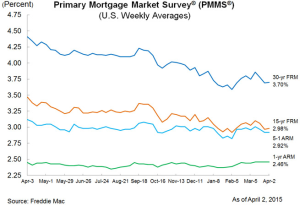The FAA has granted Bechtel permission to use unmanned aircraft system technology on construction projects in the United States. Bechtel’s application says that this “virtual project delivery” approach will significantly enhance the construction process.
Bechtel’s Manager of Construction Mike Lewis says, “The use of UASs is crucial to continued innovation in engineering and construction. We teamed with Skycatch to explore innovative ways of integrating drones into our execution systems, particularly on the megaprojects Bechtel is building around the world.” Lewis says that “this technology helps improve safety and quality of project delivery by providing real-time data and analysis to project teams so they can act in a timely manner.”
According to company CEO Christian Sanz, Skycatch’s fully autonomous UAV data collection system “has pioneered the space of automating machines for massive data retrieval at scale. In doing so, we are able to provide hi-res data at an incredibly fast, safe and efficient rate for companies all over the world. Our uniquely talented team of engineers, designers, and operations staff is excited to continue to push forward with Komatsu, as we both share the same passion to unleash this innovative technology to their thousands of active global jobs sites.”
The FAA granted authorization for drone usage under the Section 333 provision of the 2012 FAA modernization and Reform Act, which was passed to facilitate the use of cutting-edge UAS technology and platforms such as Skycatch which leverage drone data. Skycatch gathers and analyzes data in real-time, which increases the efficiency of large-scale construction projects. Especially innovative is Skycatch’s automated power system which recharges during drone operation, which allows drones to fly for extended periods of time. High-definition cameras, infrared imaging, thermal sensors, and radiation monitors are some of the measurement instruments that are installed on each Skycatch drone.
“We have put a lot of thought into our drones and their operation, heavily focused on the safe and efficient use of the technology,” adds Sanz, “we developed a unique platform connected to a Cloud for real-time analytics, and with pre-programed geographic controls for safe operation and compliance with flight announcements.”
Skycatch and Bechtel collaborated in 2013 to enrich the UAS platform and integrate it into Bechtel’s systems and processes. Drone data can now be stored and analyzed in the cloud, and viewed on multiple devices by team members and stakeholders from any location. The technology’s feasibility was proven during the construction of the largest LNG project in Australia, where Bechtel collected environmental data to ensure the safety of the project operations, surveyed terrain that was otherwise inaccessible, and track the construction process in real-time.

